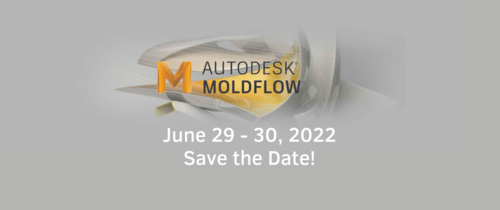DOMO Engineered Materials experts have been developing MMI technology for predictive mechanical simulation of glass fiber reinforced polyamide parts for over 15 years.
This addresses the needs of all markets we serve (Automotive, Consumer & Industrial Goods) to go beyond isotropic mechanical simulation or ISO 527 data type for simulation by producing the right design the first time with lower development and production costs for our customers.
MMI (Multi-scale Mechanics and Injection simulation) is a complete framework we deliver to our customers via Digimat micromechanics software, comprising: advanced mechanical in-house characterizations, innovative first-principle reverse engineering and the largest portfolio of mechanical behavior laws used for anisotropic materials (Elastoplastic with Failure, Fatigue, Thermal dependency, Strain-rate dependent data for Crash of Creep, Visco-Elastoplastics, Visco-Elastic for NVH...).
The first brick of MMI is the injection simulation result providing the local fiber orientation tensors inside the part. This information is then used subsequently in the mechanical simulation for deriving the local properties and finally the mechanical behavior of the part in terms of strain.
Fiber orientation models in Autodesk Moldflow, as in any injection simulation software, rely on a set of default parameters that are enabled to close the models. These parameter values, while universal to address most of the public database materials with precision on the fiber orientation in the part, can and should be tuned, depending on the material formulation and glass fiber content, to achieve more predictive results.
Thanks to 3D tomography measurements performed by our partner, the European Synchrotron Research Facility, in Grenoble, on a wide range of geometries (Ford Plate, representative Beam, Diabolo geometry), we were able to optimize fiber orientation model parameters for a large set of DOMO Engineered Materials present in the Autodesk Moldflow Database.
This optimization work on PA66-based TECHNYL RED J and TECHNYL RED S grades, has shown significant improvement on fiber orientation prediction of skin and core distribution. The dynamics of fiber alignment in complex parts has also shown the beneficial impact, in terms of fiber orientation prediction, as well as on the final mechanical behavior prediction.
During the presentation you will learn more about fiber orientation validation with RSC model on the 3 geometries presented above. Beyond that, you’ll see the impact on part warpage prediction of a hybrid pedal brake simulated with Moldflow on a customer project, as well as the validation of in-house failure tests in beam geometry with a focus on fiber orientation impact on the results.
Starting from May 2022, all DOMO customers using Autodesk Moldflow will benefit from new optimized fiber orientation parameters of DOMO Engineered Materials for their part design.
